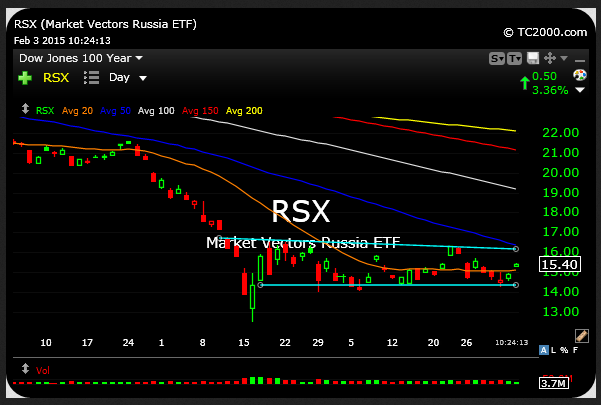MarketsMuse blog update profiles the SPDR Metals & Mining ETF that has recently performed very well over the past few months. When oil prices reached a new low in January it sent a ripple across other sectors including the metal and mining sectors. XME was trading at its lowest price since March 2009. Although the sector ETFs are still on their road to recovery, the ETF, XME, is showing drastic improvement compared to many others. This MarketsMuse blog update is courtesy of an ETFTrends’ article by Todd Shriber titled, “This ETF is Springing to Life“, with an excerpt below.
Mining stocks and the corresponding exchange traded funds have moved in fits and starts over the past few years. Unfortunately, there have been more fits than pleasantries, but the moribund industry could finally be putting in a legitimate bottom.
Though it is still down 27.5% over the past year, the SPDR Metals & Mining ETF (NYSEArca: XME) is up nearly 8% over the past month. That is a solid run for an ETF that started the year trading at its lowest levels since the first quarter of 2009. [Woes for a Mining ETF]
XME is meriting of consideration as some analysts believe the worst is behind the commodities space. Those were the sentiments of R.W. Baird when the research firm upgraded Dow component Caterpillar (NYSE: CAT) and Joy Global (NYSE: JOY) to outperform on Monday, according to CNBC.
To continue reading about the rise of this mining ETF, click here.





